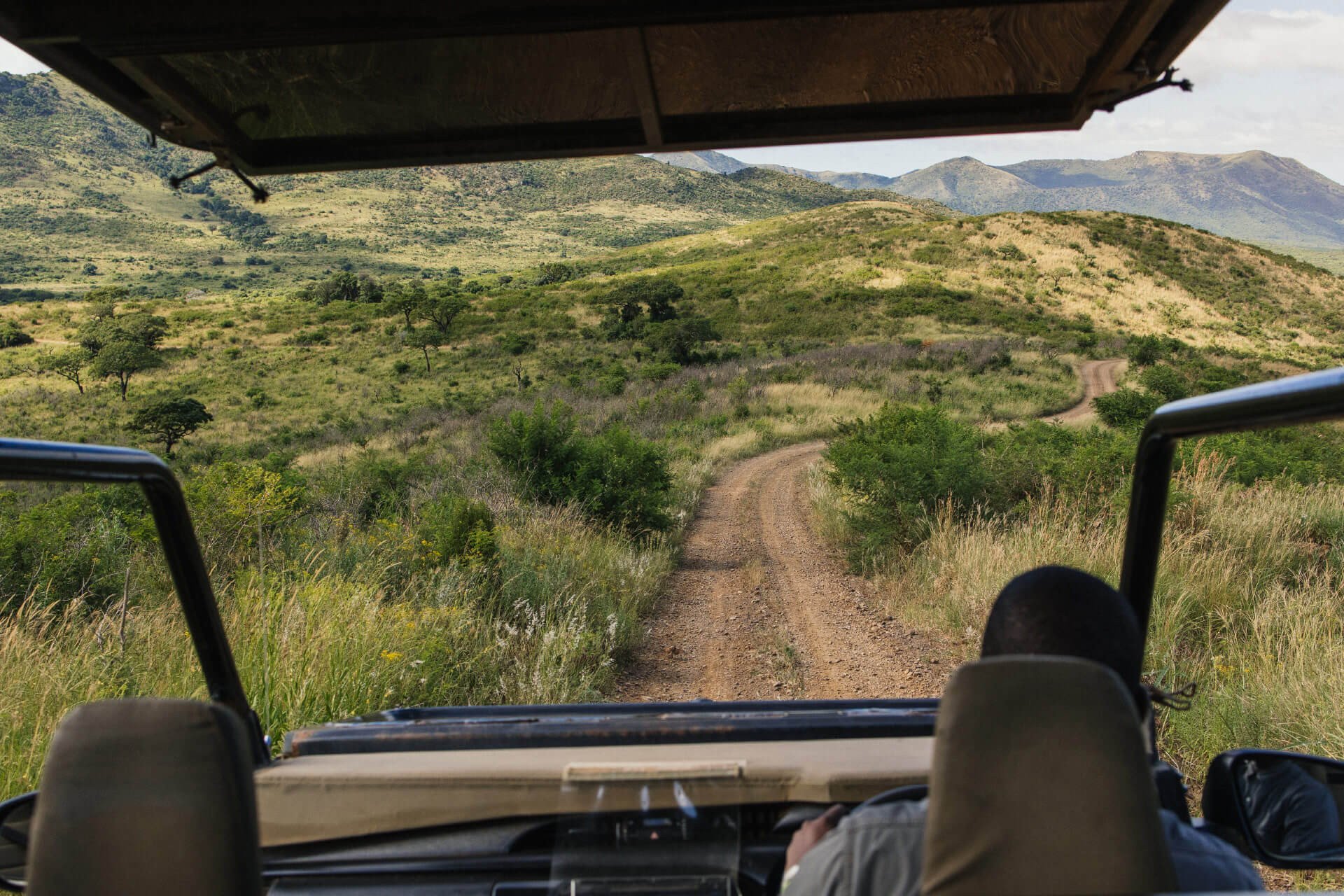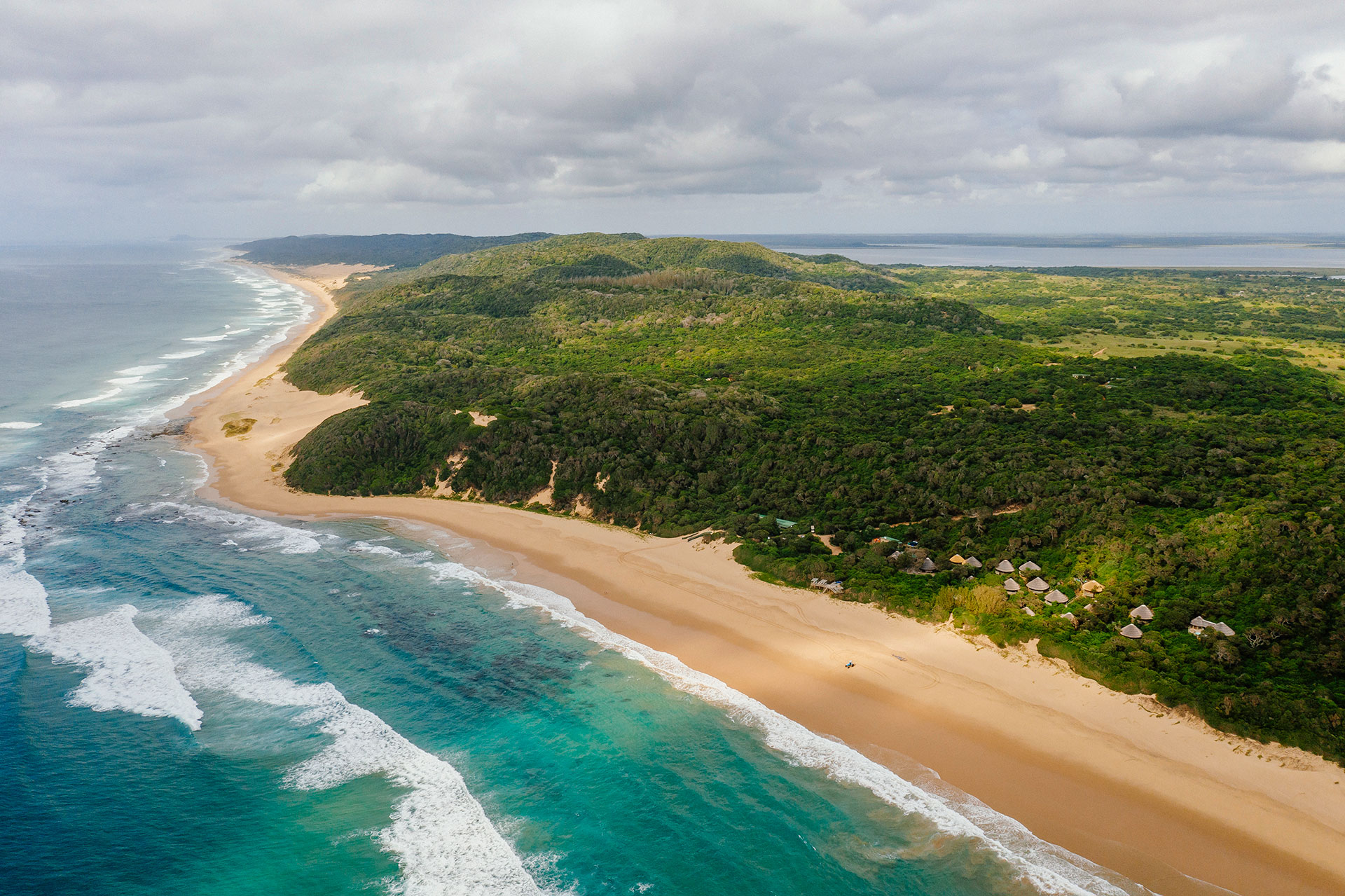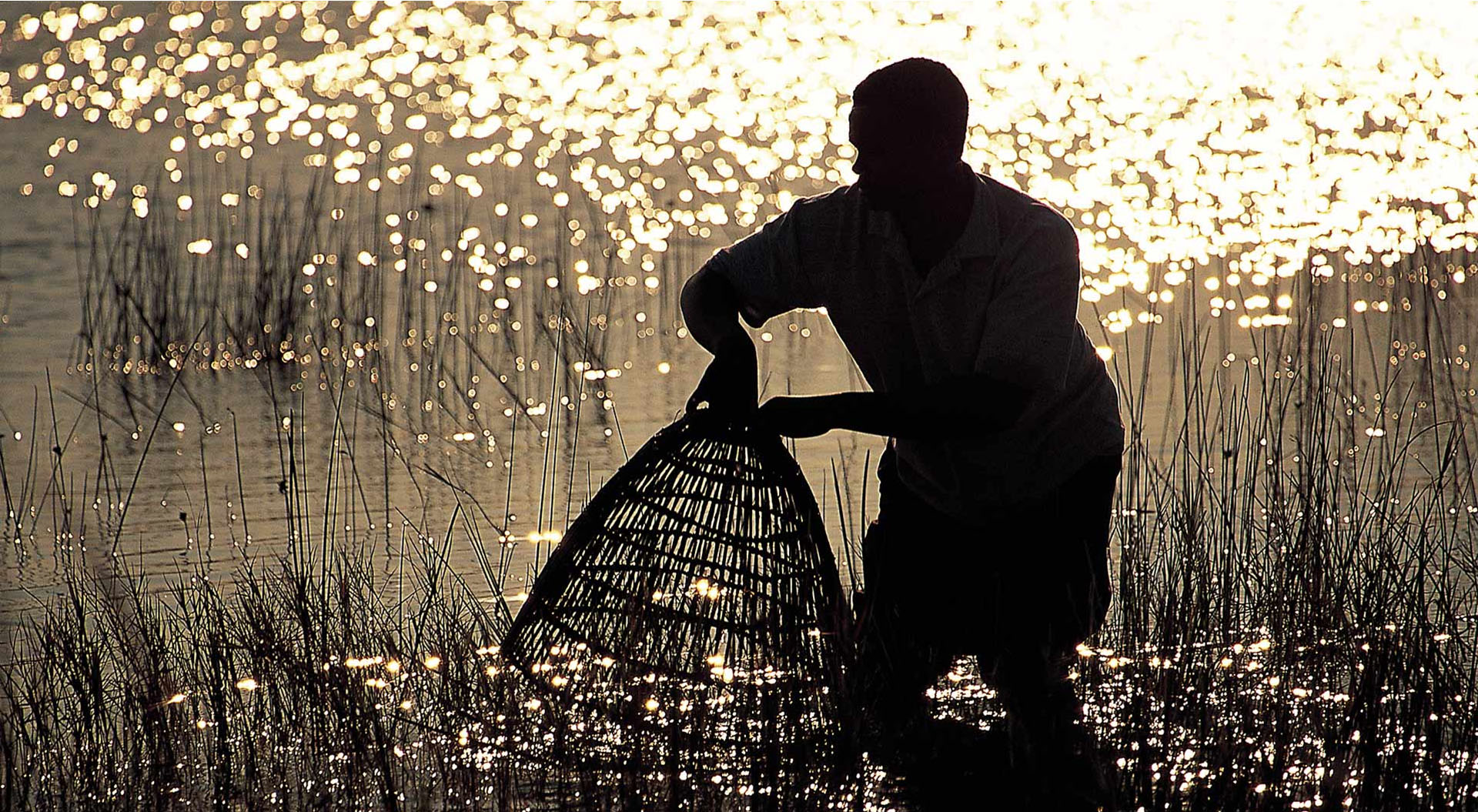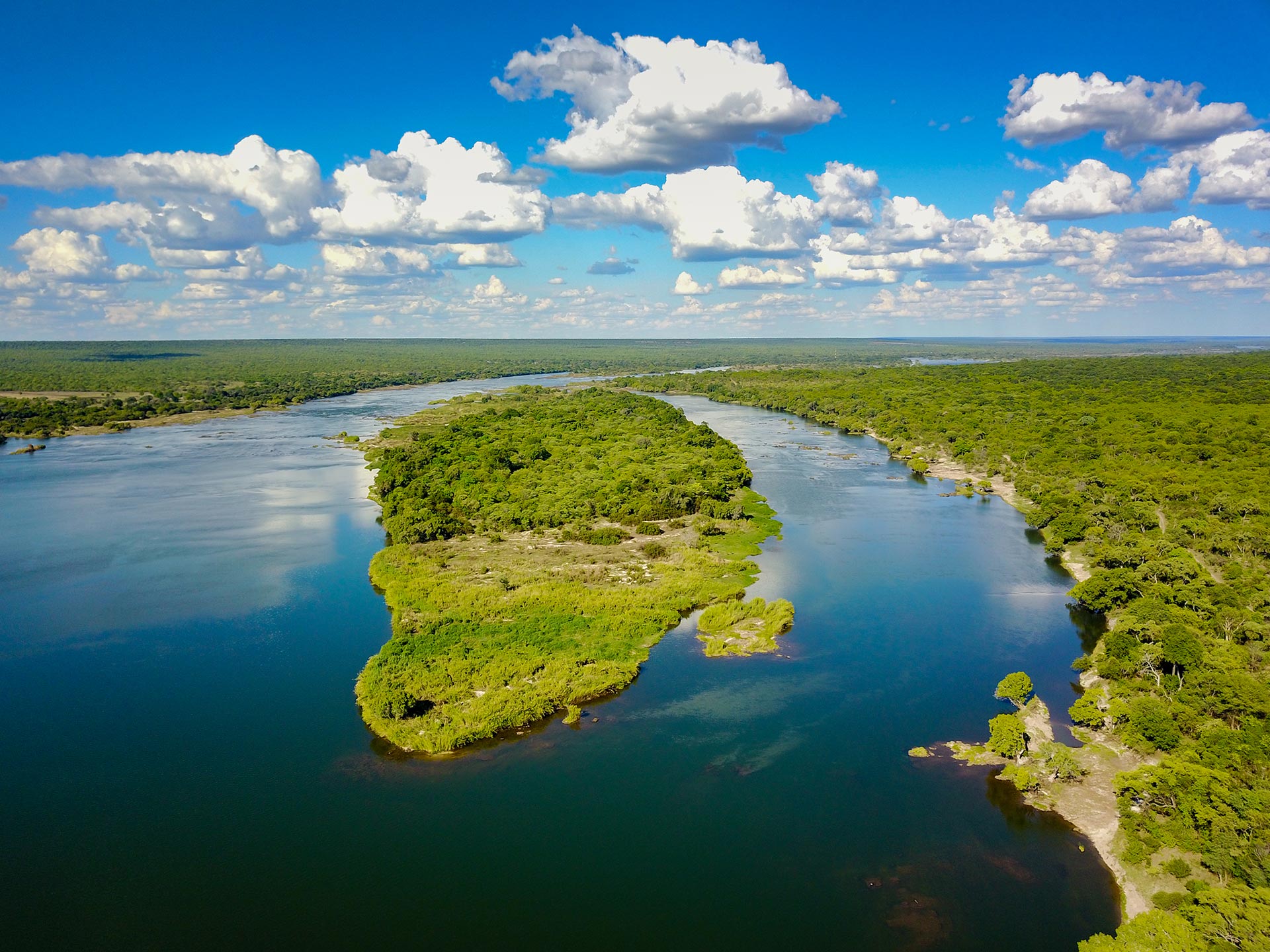CSI Kruger
Posted in:Experiences | News
Posted on:January 31, 2015
This informative blog on what to expect on a Rhino Walking Safari was recently published on Africa Geographic: See http://africageographic.com/blog/a-rhino-walking-safari/.
We had a lot of anticipatory anxiety about our Rhino Walking Safari. Every day for several weeks we asked each other a new question, like “When they say Rhino Walking, do you think they actually try to get close to rhinos?” There were a lot of “What if?”s. The night before we depart on our walking safari our fears peak and we secretly hope for torrential rains that we might be spared from this adventure, all the while being able to complain loudly about the unfair weather. Finally dawn breaks crystal clear and a red sun rises over the dewy plain. Douw.
Nothing can quite prepare you for the experience of walking out in the wilds of Africa. Every sense lights up in primal re-awakening. Senses you never even knew you had become foregrounded in puckered awareness. I jump at every whisper and waft. One of the guest’s stomach growls and I almost hit the ground.
Then a funny thing happens and I quite quickly start to relax. A thorough assessment of our guide, Doug, and tracker Amos reassures me of their professionalism and respect for nature. They stay out in open areas and avoid the thickets, such that they may see far into the veld and avoid any potential danger. I start to enjoy the light, sounds and smells of the great outdoors. I use my newfound sensory awareness to appreciate every texture of the bush.
Doug and Amos are passionate about their environment and bring us into their world by creating 4 dimensional reconstructions of the events as told by the living crime scenes of our surrounds. They explain which type of animal left its trail, when it passed by this particular spot, in which direction it was headed, its size and gender. Even the sounds at different heights in the bush take on meaning and can alert one to past, present or future action. I begin to look at animal scat with new appreciation, as Doug seems to have majored in the subject. Both guides are footprints experts and can also point out nests and hollows were different birds and beasties spent the night. It is thoroughly enjoyable and informative and I almost forget I am out on foot in untamed Africa.
Suddenly Amos lifts both his hands, turns and motions in silence towards a quiet sound in the bush. We follow his gaze and see a mother and baby rhino to our right. “Shall we try to get closer?” says Doug. Well, I guess that’s one question answered. As I open my mouth to form a diplomatic reply, another guest nods enthusiastically and I close my mouth thinking “OK I had a whole different answer planned.” If there’s one thing for which I have a healthy respect, it’s for a mother with baby animal in the wild. We creep up downwind towards the mother and baby.
Once again I quickly become more confident and start snapping away happily with my camera. Then the smallest gust of wind swirls in a different direction and four things happen in quick succession. 1 The mother hears my camera shutter snap. Gulp. 2. She turns to look directly at us. Double gulp. 3. Doug holds up his hand, hisses “stop shooting” and 4. We all freeze. Time stands as still as we do, none of us even breathing. But with her phenomenal powers of hearing and smell, she is onto us, fully aware of our presence. With a snort and thrust of her head she moves between the baby and us, and then thankfully, they turn and trot off light footedly (and with surprising speed) into the bush.
No sooner have they turned than we realize that there are four more rhino moving towards us from the left. We have all been unaware of each other’s presence. We crouch down and pray that the winds don’t change. The four rhino move unconcerned past us, munching grass as they go. We slowly let out a long breath.
“Wasn’t that fantastic?!” exclaims elated Doug. “Errrr exhilarating” I reply, walking on wobbly legs until gradually I once again relax and with a spring in my step feel proud that we tracked our quarry so successfully.
While every aspect of this story is true (OK maybe slightly dramatized for effect), here are some answers to the questions we had about the Rhino Walking Safari
1. How real is it?
Very – this is no joke and it is an authentic walking safari in the open bushveld of Africa. These are wild animals, not tame ones, and they are focused on their survival.
2. How dangerous is it?
Your safety rests in the experience of your guides. The Isibindi guides are highly experienced, extremely well qualified nature guides, with a specialist additional qualification in leading walking safaris. They take seriously the guests’ wish to encounter game, but this is always preceded by concerns for safety. Think about it – their livelihood is at stake and they would lose everything if a guest was injured. And we would all hear about it from Timbitene to Timbucktoo.
3. How does it work?
We walk in single file, in silence, behind the armed guide and armed tracker. Only if the guides deem it safe enough do we break single file and discuss what we see.
4. What should we wear?
We start out early in the morning, while the veld is still cool. But it is good to wear light layers, as already by 9am the sun can be warm in summer. Wear a hat or cap. Good walking shoes are helpful, but the terrain is not difficult and you can easily walk in open, flat sandals. (But maybe leave the Jimmy Choos for another lodge unless you are a hardened fashion safari guru).
5. How long do we walk?
That is up to you and your guide will ask you the night before what you would prefer. Usually the walking safaris take about 3 hours, but as a group you can request a shorter or longer walk if you like. We choose 2 hours for our first walk, then get braver and ask for 3 hours the next morning.
6. What should we bring with us?
Only a camera, binoculars and a hat. Everything else, including water, juice and snacks, is provided.
7. Which animals are the most scary to encounter?
Black rhino (which are very rare and keep to the thickets and have not been seen in the Timbitene Plains, which are more open), lion, buffalo and hippo. Injured animals and mothers with babies can be more aggressive than usual.
8. Will animals attack us if they notice us?
This is very unlikely. Animals (even the king of the beasts, lions) recognise humans as the top of the food chain. Therefore they will always prefer to avoid conflict. They will more likely run away if they become aware of your presence. It is usually only if you give them a fright and they feel cornered that they will attack. Even then they will give warning signs and usually do several mock charges to try to scare you off. It would take a lot to provoke them into attacking you. The guides keep to open plains where there is good visibility and where it is unlikely that you will surprise an animal – the challenge is more to try to get closer to them without them running off.
9. What should we do if an animal charges us?
The most difficult thing – nothing. Stand still and do not run. If you run you lose your status on the top of the food chain and become prey. Most animals (even Black Rhino) will be put off by an animal, especially a group of animals, which stand their ground. They will also be put off by noise. The experienced guides will make a noise and if necessary, will discharge their weapons.
10. Could I be responsible for an animal being shot?
This is extremely unlikely. In the 19 years that the experienced Rhino Walking Safari guide Doug has been leading these safaris he has never once had to discharge his weapon, let alone shoot an animal. Once again, the aim is to avoid conflict, and the experienced guides wish for us all to appreciate nature from a safe distance.
Review by www.characterstay.blogspot.com











